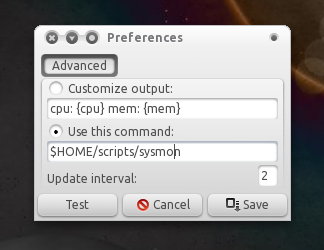Have you ever wanted to DOS attack on a website ???
Here I am going to write about a tool which is really helpful but it wouldn’t be effective on big servers.( NOTE: Please do not try to this tutorial to harm any other’s website. I will not be responsible in any case. If you are not agree, please leave this website without reading further tutorial )
You need to Download (Disable your Anti virus During whole process):
Follow these steps:
Here I am going to write about a tool which is really helpful but it wouldn’t be effective on big servers.( NOTE: Please do not try to this tutorial to harm any other’s website. I will not be responsible in any case. If you are not agree, please leave this website without reading further tutorial )
You need to Download (Disable your Anti virus During whole process):
Follow these steps:
- Before DOS Attack you should hide your IP so,for that use Ip Hiding tool. Quick Hide IP protects your online identity by hiding your IP address and replacing with a proxy server IP address.You will appear to access the internet from a different location, not your own (real) location. So all websites you are visiting see the IP address of the proxy server instead of your own IP address.
- First of all you need to know the IP address of the website you want to crash.
Use ping command in windows to get the ip address of the website.
open CMD and enter ping www.website.com. Now you have the IP address of the website. - Now use Port scanner to check whether PORT 80 is open or not. If PORT 80 is not open choose another website to hack !!!!, Otherwise you can crash this website.
- Now open your rDos. Enter your victims ip that you got from step 1. It will ask you for the port to attack use port 80 that’s why we scanned to make sure that 80 was open! If it is closed it will not work.




